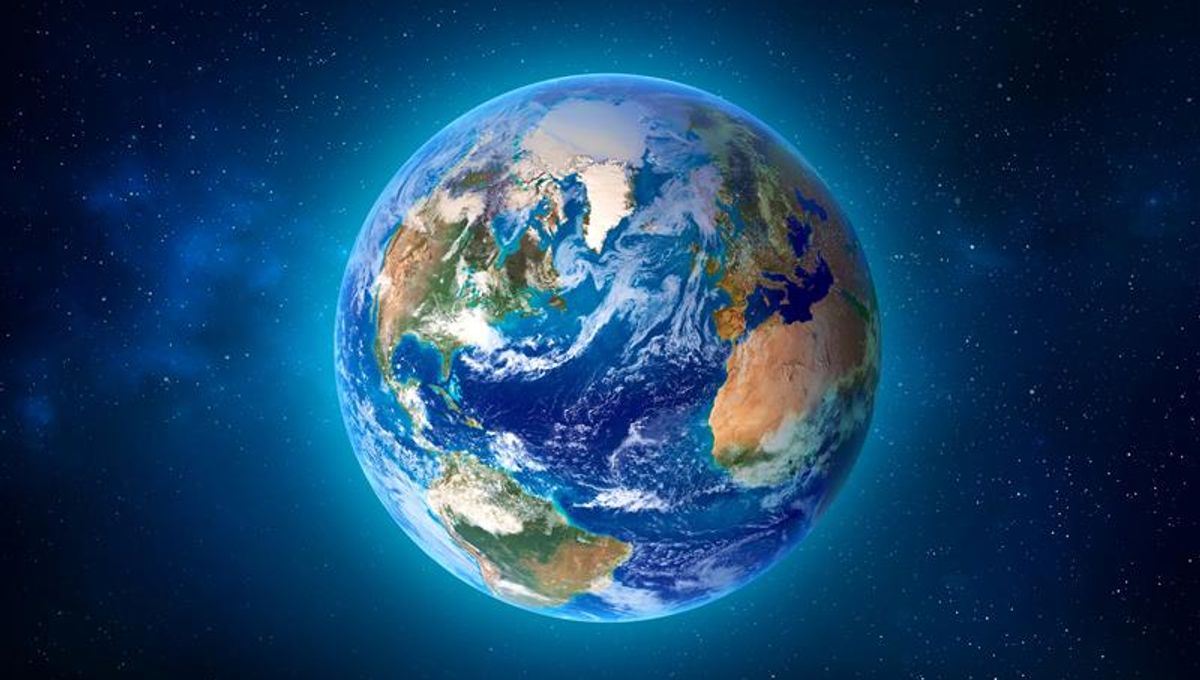
In recent years, the once-hypothesized landmass in the Southern Hemisphere, now known as Zealandia, has become increasingly popular for scientific research. In fact, as of the end of 2023, Zealandia became the first continent to be completely mapped out, even though 95 percent of the newly identified continent is underwater. And yet Zealandia is not the only submerged continent out there and now scientists understand them better than ever. So why is it that some continents go “missing” only to be rediscovered later?
Drowned worlds
Part of the explanation here relates to how we think about “continents”. In many school systems, these landmasses are defined by their geography, but in reality, this is only part of the picture. Instead, geology plays an important role in our understanding of what makes a continent. This includes how thick it is, what rocks it is made of, and where it is below sea level. Continental crust, for instance, differs from oceanic crust in that it is it is typically older, thicker, less dense, and has a more varied composition.
As such, continental crust tends to float higher on the mantle, which makes up the bulk of the Earth’s interior. Then, through the power of tectonic movement over the years, some landmasses can drop below the surface of the water and therefore off the map.
However, advances in imaging software, seismography, and centuries of mapping efforts are now providing new insights into continents that were lost to the depths long ago.
Greater Adria
While Zealandia has become famous for being submerged below the waves, there is another continent that has not only sunk below the surface, but has also vanished into the Earth’s mantle. Today, the only visible remnants of the continent, known as Greater Adria, are limestones and other rocks found in the mountain ranges of southern Europe.
About 240 million years ago, around the Triassic period, a chunk of continental crust separated from North Africa. The landmass was roughly the size of Greenland.
After it’s separation from Africa, Greater Adria gradually sank beneath the waters, where it became the home to tropical coral reefs. Then, sometime around 100 or so million years ago, it started to slide under Europe and into the mantle.
During its descent, parts of Greater Adria remained above the surface. Through a process called “offscraping”, the top layers of sedimentary rock came free and created the mountain ranges that cut through Italy, Turkey, and Greece today. So while there are now rocks from Greater Adria scattered across 30 different countries, there is also a part of the lost continent that remains, stretching from the north of Italy, down to its “boot”. This region is known as Adria.
Argoland
Clearly, 100 million years ago was the time for all the cool movers and shakers. At the same time that Greater Adria was getting familiar with the edge of Europe, a large chunk of land broke away from Western Australia. This piece was about the size of North America, which then drifted into the Indian Ocean. Argoland, as it is known, then broke apart and disappeared from the map.
Unlike Zealandia, which settled under the sea, or Greater Adria that crashed into the mantle, Argoland was mostly conspicuous for the void it left behind – what is called the Argo Abyssal Plain.
However, recent research has potentially located (parts of) Argoland in an unexpected place: the jungles of Southeast Asia.
The explanation is that Argoland probably broke up into smaller islands a lot earlier than previously thought. Then, its pieces all moved northwards towards Southeast Asia during the Late Jurassic era. Over time, parts of the drift were eaten by the Sunda Trench subduction zone, while others became part of the seafloor or other areas of Southeast Asia. Now, it seems, there are chunks of this long-lost continent in parts of present-day Myanmar and Indonesia.
[H/T: Popular Mechanics]
Source Link: What Makes A Lost Continent, And How Are They Found Again?